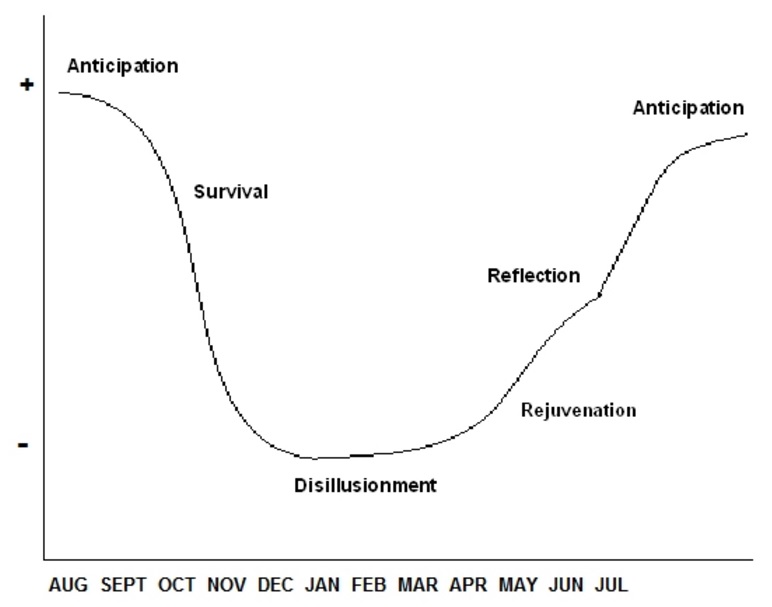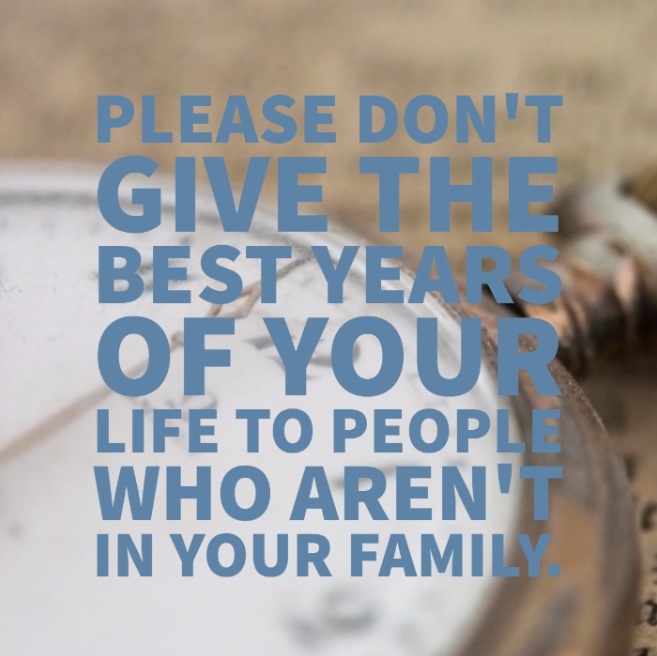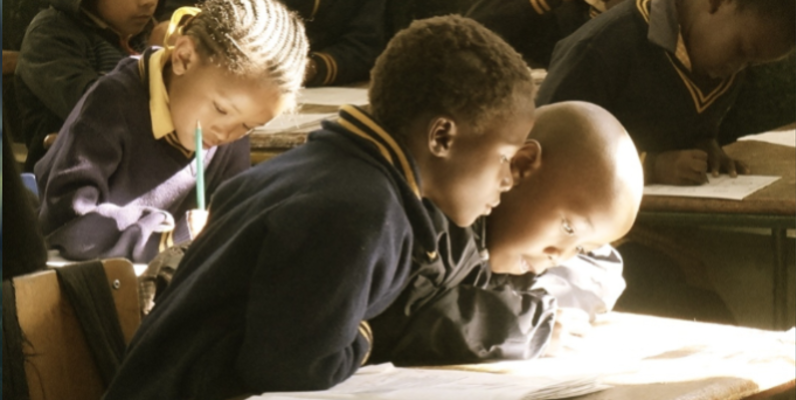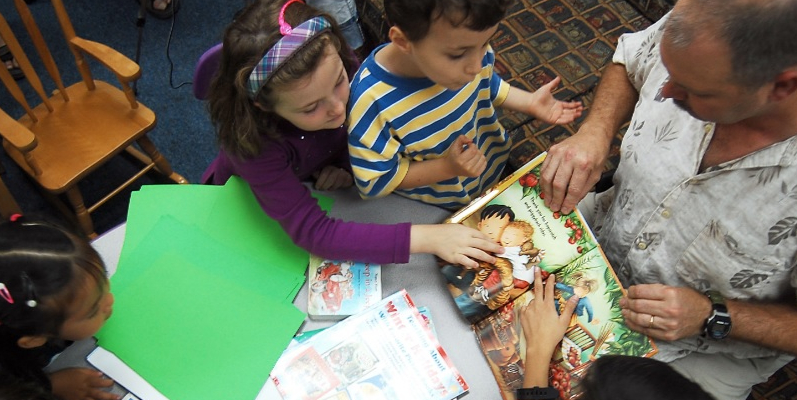Recognize these signs?
Exhaustion. This is a fatigue so deep that there’s no way to “turn it off,” no matter how badly you want to. It’s deep in your bones. The kind of tired where you just want to ooze into your bed and disconnect from life.
Extreme graveness. Realizing you go hours without smiling or laughing, or days without a belly laugh.
Anxiety. The constant, nagging feeling that you can and should do more, while simultaneously realizing you need to unplug and spend more time with your family. But there are so many things to do.
Being overwhelmed. Questioning how they can possibly add one more task, expectation, or mandate to your plate. Compromising your values of excellence just so you can check-off 15 more boxes to stay in compliance. All the while knowing it still won’t be enough.
Seeking. Losing your creativity, imagination, patience, and enthusiasm for daily challenges. Craving reflection time and productive collaboration rather than group complaining.
Isolation. Wanting to head for the deepest, darkest cave where no one will see your vulnerability. A place where your limits are unseen and unquestioned and all is quiet.
Huge thanks to Wendi Pillars for these “diagnostic” bits from her article in Edweek a few years ago. Toward the end of this post, I’ll share lessons Wendi learned from her own teacher struggle to survive.
In early May, I sat with our campus administration as we discussed some problematic patterns that had emerged earlier in the year and were still showing up in our data. We sat looking at spreadsheets and talked about end of year options.
Do we talk with teachers now? Do we wait until August when everyone comes back excited and ready for a new year? I asked about the possibility of scheduling a couple of short sessions where I could meet with teachers and let them weigh in on key strategies to address the instructional gaps we’d identified.
Our wise and witty assistant principal said, “There’s no way. They’re exhausted and talking through these issues will just send them further underground.” I was a little skeptical and thought maybe she was being a little overprotective.
I was wrong.
She was right.
I watched the fatigue overtake and overwhelm our intrepid teachers in the final weeks of the school year.
Let’s be completely honest. It is not just the end of year when we’re all in danger from the burnout beast. You’ve probably seen the graph out there on the internet that shows a fairly realistic image of first year teachers’ fragile psyche represented month by month. Well, I’ve been teaching almost three decades and I can still identify. Every. Single. Year.

In the Edweek article mentioned earlier, Pillars goes on to share lessons she’s learned from battling burnout throughout the school year:
- Sfumato. One of Leonardo da Vinci’s seven essential elements of genius is known as Sfumato, Italian for “smoked,” or “going up in smoke.” This principle is the ability to embrace uncertainty, the unknown, and the unknowable. In my interpretation, it’s also an ability to “let go” of everything that’s left undone when you know you’ve done your best. Embrace Sfumato.
- Balance. In yoga, those lithe bodies in stretching poses are beautiful to behold—yet the beauty stems from a tension of opposites. In yoga, muscles compromise to support others, meaning that balance is not a matter of symmetry as much as support. That’s a lesson we can extend from our internal selves in order to seek out a supportive community.
- Self. I’m human. It’s not selfish to address my own needs or say “no” once in a while. My job, as much as I love it and thrive upon its challenges, is not everything I am. I am more than my job. I need my creative outlets—drawing, nature, reading, writing, and playing—in order to be whole and wholly present for others.
- Relationships. Friends, family, and faith are critical. Time away from work is best for me to recharge—without distractions of work staring at me from home. Small adventures with my family and friends, exploring new ideas and places, writing notes, and sharing acts of gratitude are things that I need regularly. I’m also learning that asking for help is a sign of strength, not weakness.
- Gratitude. Being present and intentional with your days, even for just a few breaths at a time, can give you a survivor’s lens for managing the problems at your doorstep. For me, it’s about having gratitude for the people in my life. Embracing the questions that underlie my curiosity. Remembering the passions that have driven me to and throughout my job. Holding a clearer vision of what it takes to make and keep me well.
- Healing. Here’s my biggest takeaway. When I lift weights, my muscles undergo tiny tears, with temporary pain—but the subsequent healing leads to stronger muscles. And the next time, I can handle a little bit more.
Can I give a little personal testimony to Pillar’s number four on the list? A decade ago, I worked as a consultant at a regional training center in our state. I was working ungodly hours. Sometimes up to 60+ hours a week. It was killing me.
One night my husband gently pleaded with me to put away my laptop and go to bed. I wasn’t about to, but his next words were like a gut punch.
“Honey, please don’t give the best years of your life to people that aren’t in our family.”
That finally resonated. I started learning how to live in the moment. When I was home, I tried to be home. Fully present. It changed my life and helped me recapture the balance between work and family. I still have to work really hard at this. #SometimesIstillFail

Please, dear ones, take time this summer to reflect and rejuvenate to the point that you’re able to be in full-on anticipation mode when September returns.
Kill the burnout beast.










